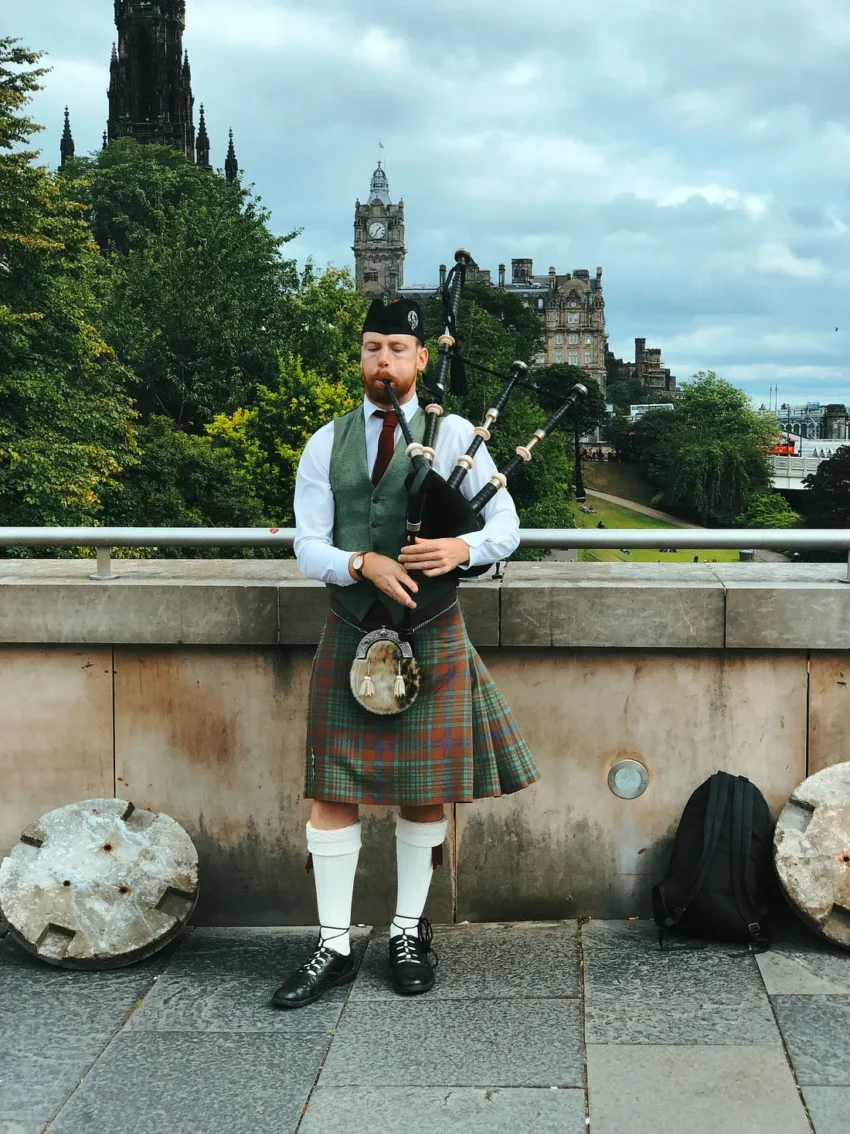Traditional clothing and jewelry are vivid reflections of a community’s heritage, beliefs, and aesthetics. They go beyond mere decoration, serving as symbols of identity, social status, rituals, and history. Each pattern, color, and accessory tells a story passed down through generations.
The Cultural Significance of Traditional Clothing
-
Identity and Belonging – Wearing traditional attire reinforces a sense of belonging to a community or ethnic group.
-
Ritual and Ceremony – Many cultures reserve specific garments for weddings, religious ceremonies, or festivals.
-
Social Status – Certain fabrics, embroidery, or accessories historically indicated social rank or occupation.
-
Historical Record – Traditional styles preserve knowledge of past materials, techniques, and regional aesthetics.
Examples of Cultural Clothing
-
Kimono in Japan – Symbolizes elegance, seasonal changes, and ceremonial importance.
-
Saree in India – Represents regional craftsmanship, diversity, and tradition.
-
Scottish Kilt – Tells clan lineage and celebrates heritage.
-
West African Dashiki – Vibrant colors and patterns express identity, pride, and history.
The Role of Jewelry in Culture
-
Spiritual and Protective Symbols – Amulets, beads, and charms often carry religious or protective meanings.
-
Adornment and Status – Jewelry indicates wealth, marital status, or community position.
-
Artistic Expression – Intricate designs showcase craftsmanship and aesthetic values.
-
Storytelling – Certain pieces commemorate events, honor ancestors, or signify rites of passage.
Challenges to Preserving Traditional Attire
-
Modern Fashion Influence – Global fashion trends can overshadow local traditions.
-
Economic Pressures – Handmade textiles and jewelry are often expensive and labor-intensive.
-
Loss of Knowledge – Skills in weaving, dyeing, and metalwork can disappear if not taught to younger generations.
Preserving Traditional Clothing and Jewelry
-
Education – Teach techniques in schools, workshops, and community programs.
-
Cultural Festivals – Encourage wearing and showcasing traditional garments during celebrations.
-
Documentation – Record patterns, designs, and crafting methods for future generations.
-
Support Artisans – Purchase handcrafted garments and jewelry to sustain livelihoods.
-
Integration in Modern Life – Incorporate traditional elements into contemporary fashion to keep them relevant.
Benefits of Preserving Cultural Dress
-
Strengthens cultural identity and pride.
-
Promotes craftsmanship and creative industries.
-
Educates younger generations about their heritage.
-
Encourages intercultural understanding and appreciation.
Final Thoughts
Traditional clothing and jewelry are living symbols of cultural heritage. They tell stories of ancestors, communicate identity, and preserve artistic traditions. By valuing and wearing these expressions of culture, communities keep their heritage alive and ensure that future generations can connect with their roots in a meaningful way.
Heritage is not only remembered—it is worn, adorned, and celebrated.
